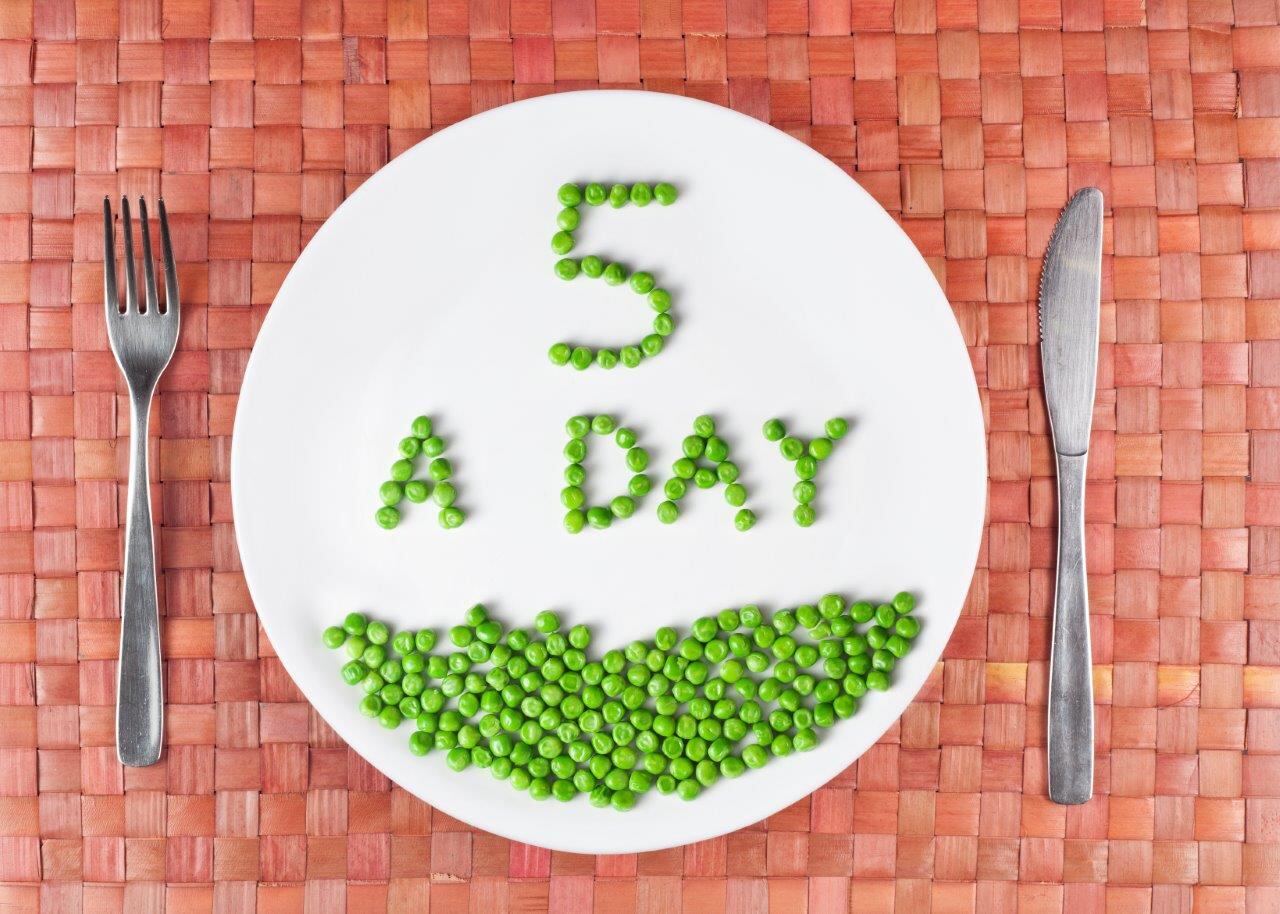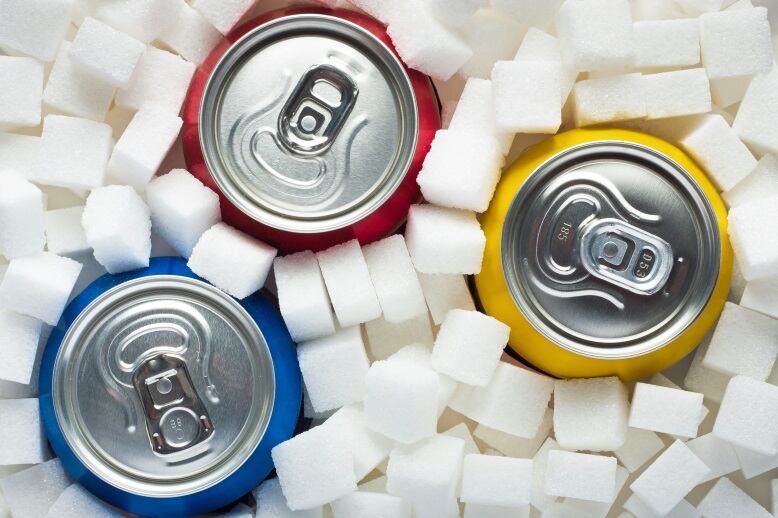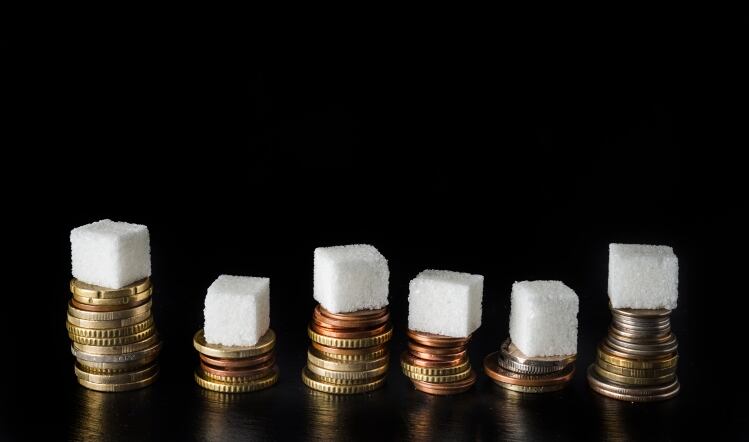On-pack nutrition and health claims were subject to strict requirements to make sure they were accurate and clear – and both Trading Standards and the Advertising Standards Authority could and should take “robust action” if manufacturers were not complying, the Department of Health and Care (DHC) suggested.
The advice came as research, published in Archives of Disease in Childhood, found that the health claims made on the product packaging were “confusing” and could be contributing to rising rates of childhood obesity.
Led by Dr Ada Garcia at the University of Glasgow, the research team studied 332 different products, including breakfast cereals, fruit snacks, fruit-based drinks, dairy products and ready meals. They were assessed using the broadcast regulator’s tool (Ofcom NPM) that identifies so-called ‘healthy’ food.
Over 41% made five-a-day claims, most of which were fruit drinks, ready meals, and fruit snacks. Processed fruit, concentrated fruit juice or puree appeared as ingredients in nearly half (just over 44%) of these products.
But despite most (82%) of them claiming to contain one portion of fruit or vegetables, three out of four didn’t contain the recommended 80g portion size, the study found. Furthermore, half of the products making five-a-day claims didn’t specify whether these were adult- or child-sized portions, it added.
Exceeded the recommended limit
In addition, the serving size for most (nearly 95%) fruit-based drinks exceeded the recommended 150ml limit for fruit juice, yet the fruit and vegetable portions for most products were below the recommended portion size.
Calculations made by the Ofcom NPM tool showed that a large proportion of the products, including those commonly perceived as ‘healthy’ (41%), were classified as ‘less healthy’.
Cereal bars had the highest energy and saturated fat content, while cereals had the highest salt content.
Fruit snacks had the highest sugar content, averaging 48g per 100g, but still made the five-a-day claim in many cases – something that was likely to be confusing for parents, the study suggested.
The evidence suggested that when such health claims were made, they created a phenomenon known as the “health halo effect”, it added.
The researchers cautioned that while they tried to include as representative a sample of products as possible, some may have been missed, and they were obliged to estimate the content of some products in the absence of adequate ingredients information on the packaging.
But the findings indicated that “health and nutrition claims used on product packaging are currently confusing,” they concluded.
“Prepacked foods targeted to children can be consumed as part of a ‘balanced and healthy’ diet, yet their health and nutrition claims remain questionable,” said Dr Garcia, lead researcher and lecturer in Public Health Nutrition at the University of Glasgow. “Stricter regulations on product composition, food labelling, and marketing techniques are required to discourage the promotion of foods that might be considered obesogenic.”
‘Claiming something that’s not true’
A DHC spokesperson said: “Nutrition and health claims made on packaging are already subject to strict requirements to make sure they are accurate and clear – and if they’re claiming something that’s not true, Trading Standards and the Advertising Standards Authority can and should take robust action to stop this from happening.
“We know the food and drink products children see advertised can impact what they eat – we’re addressing this under our childhood obesity plan by consulting on reducing children's exposure to sugary and fatty food advertising and restricting in-store promotions of these foods.
“We have asked the NIHR Obesity Policy Research Unit to continue to review the evidence base on the effect of marketing and advertising on children, including in this area.”
British Nutrition Foundation chief executive Judy Buttriss reminded manufacturers that, under current rules, products made with dried fruit can carry a five-a-day claim provided they contain at least 30g of dried fruit – equivalent to an 80g portion of fresh fruit.
“However, with all products, whatever the claims made on pack, it is always a good idea to check the labels and to go for those lower in salt, sugar and saturates,” Buttriss added. “Current Government advice is that dried fruit and fruit juices are best kept to mealtimes to minimise the effect on teeth and this should be kept in mind when choosing snacks and drinks for children.”




